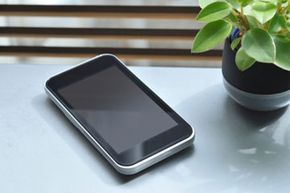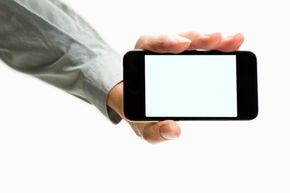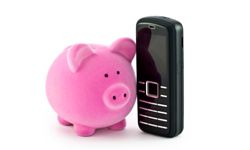Unfortunately, consumers aren't the only ones making the shift to mobile devices. Malicious hackers and identity thieves are following close behind. As more and more people use their smartphones and other mobile devices to do online banking, pay bills, and store critical personal and business information, more and more bad guys are trying to crack into this mobile gold mine.
Mobile security will be the key to winning the war against this new generation of cyber thieves. Mobile security can come in many shapes and forms. Some protections are built directly into the device you're using. For example, the iPhone ships with a default Autolock feature that requires the user to enter a password after a few minutes of inactivity [source: Sacco]. Other mobile security protections are built into the network, such as strong encryption standards for data travelling across cellular networks. But perhaps no mobile security device is as powerful as an educated consumer who keeps his or her personal information protected and avoids downloading suspicious applications or clicking on booby-trapped links.
Advertisement
Keep reading to learn more about the magnitude of the mobile security threat and what you can do to protect your gadgets and your money.



